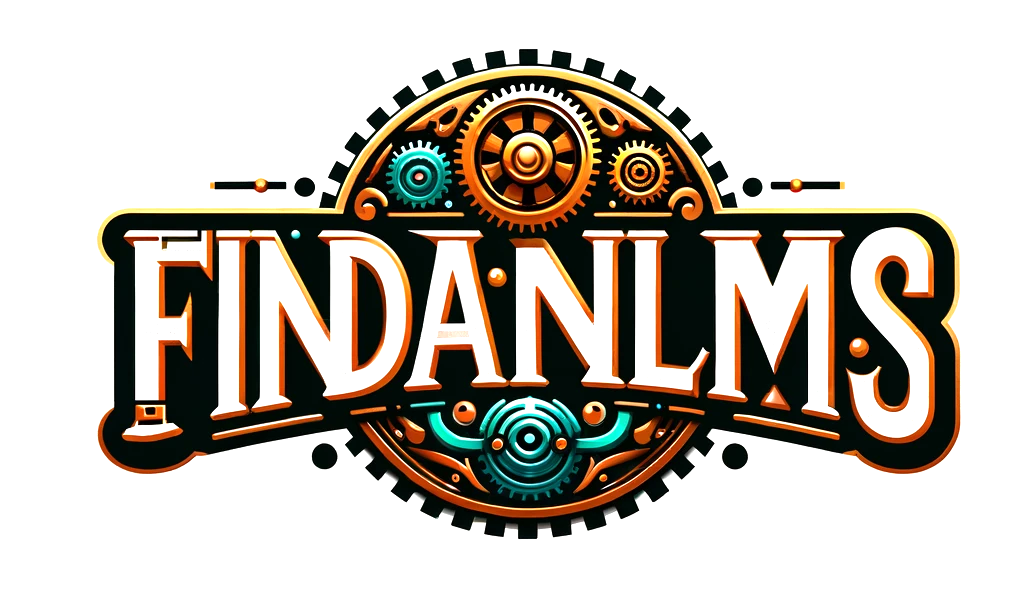
Two Types of LMSs: Open Source and Commercial
In the LMS industry is it quite common for people seeking solutions to explore the open source options as well as the commercial options.
Open source means open source code which in the LMS case, enables a person or a group of individuals to build a LMS. Many people assume that open source code means free, but that isn’t always the case.
On the open source side, the term you might have already heard or read about is Moodle, as it is the most popular form of open source for creating an LMS.
Open Source
Moodle has a largest market share of open source LMSs – as in number of individuals who create an LMS built on the open source code for Moodle.
However, as with anything, there are pros and cons with Moodle.
Pros
- Free
- Unlimited users
- Scalability
- Add-ons and plug-ins, allowing you to expand the LMS to offer more capabilities for your learners and administrators
- Tutorials, resource guides and other materials
- Active online user community
TIP: If you select an open source LMS it is very important to ensure that there is an active user community. Active means that there is a constant adding of plug-ins, information, user base and new code being available.
Cons
- Administration is difficult, confusing and not user friendly
- User management can be challenging
- Reporting is limited
- Reliance on the community – Enhancements for open source systems rely either on the client who built the system and constantly adds features to it (and must do so) or a community. If the community is slow to respond or dies out, the open source solution no longer can be sustained, unless the client is willing to do so.
- Documentation is poor. Training ranges from average to poor.
- Flexibility efficiency is lacking
- Help materials within the system are awful
- You can either have all open, which many companies do not want, or are stuck with course keys and other additional non-necessary steps
- Strong technical skills to build and maintain the LMS.
If you decide to hire someone or some team, it is better to have those folks with the specific open source system skill set – in this example – Moodle. They will cost more but should reduce the number of problems that could exist by selecting someone without that skill set.
- When a technical issue arises (regardless of the time), there must be someone who can fix it
- Will need a help desk or support unit, because when an issue arises, learners expect someone to help them. If the administrator has issues or problems, they need to be able to reach out and get assistance – from your support/help desk.
- Updates to the system and maintenance become your responsibility (or whomever is overseeing the platform)
- Training? Handled by you.
- You or whomever overseeing the system, will need to stay current on the latest course standards, learning technology and capabilities.
- Cost factors include hosting either on-site (behind your firewall) or in the cloud (SaaS)
Perhaps you use Amazon S3, Rackspace or some other hosting site available in the cloud. Expect to pay a monthly or yearly fee for the hosting. If on-site, there is the purchase of servers (either already in existence at your location or the need to purchase them).
- Moodle and other open source systems require customization
Unlike a commercial system where some customization is free, open source platforms require customization.
- Final Cost – Yes, it isn’t free at the end of the day
Costs can range from less than $5,000 to more than $200,000 (USD) a year. It comes down to who builds, maintains and updates the system, help desk, training, support, hosting (if applicable) and other variables.
Commercial Systems
When it comes to commercial systems (fee-based) the one size fits all premise does not apply. There are over 1,300 learning systems on the market. The largest market within the commercial space are LMSs.
Assessing commercial systems on the pros and cons requires a complete picture (based on X systems), because as noted above – there is not a one size fits all angle here.
Benefits
- Turnkey/Out of the box – When you purchase a commercial system everything should be included (unless you buy a module-based platform), and customization is part of it (unless you want to go way behind the usual components of skinning/branding, adding logo, making tweaks to the learner page).
- Support and Training – Included, however some vendors charge for premium support. But, basic support is a standard and this is support for the administrator. Training is for the administrator.
What is nice about support is if you run into an issue, rather than relying on contacting the person who built your open source solution or whatever resource you are using; the commercial vendor has a support person and/or team ready to assist.
- Scalability – Often listed as a key benefit to open source solutions, but in the LMS market on average, scalability equally exists. Where you might ask? B2B/B2C (sometimes B2B referred as extended enterprise aka as multi-tenant). Even at the Enterprise level you can have scalability.
- E-Commerce for B2B – Commercial is strong with this feature. With open source, you need to find the open source cart to use, none of which are ever “amazing”. Commercial are built-in and can offer a wider variety of options.
- Price to match your budget – More systems provide you with more options and more options means more power to you for pricing. Flexibility with a commercial system on average is better than an open source solution.
- Latest capabilities – Commercial systems (and yes it depends on the vendor) are stronger in latest capabilities, especially with mobile.
- Mobile Ready – Already built for mobile learning
Cons
- They are not free. Pricing can be high because vendors charge on a per seat basis.
Many charge a one-time setup fee too. - Other fees – depending on the vendor you may receive content for free OR they may charge an additional rate for the “content”
- Minor customization. Vendors will add your logo and colors and some modifications to the system you are buying (most do). However, if you seek an extensive tweaking of the system, vendors will either decline or charge fees for that.

